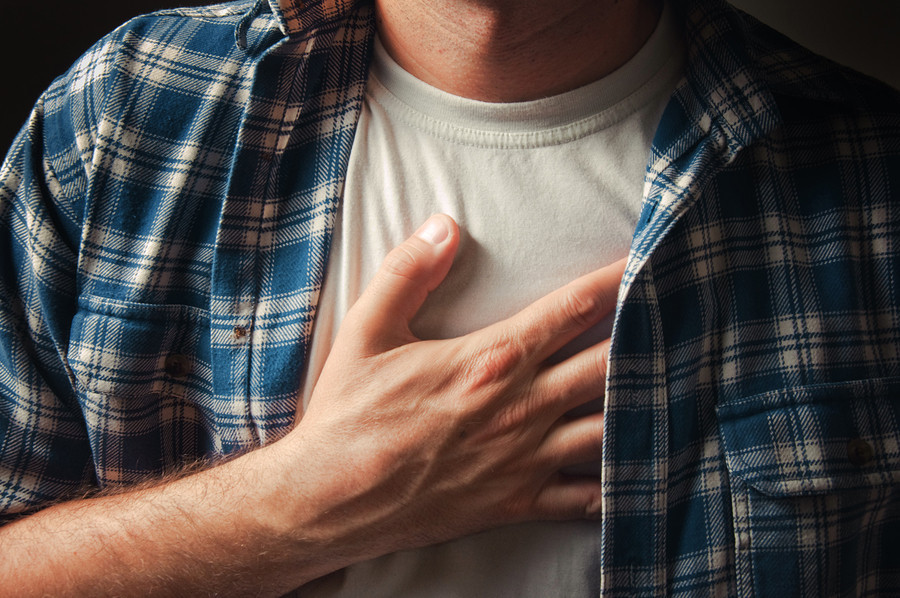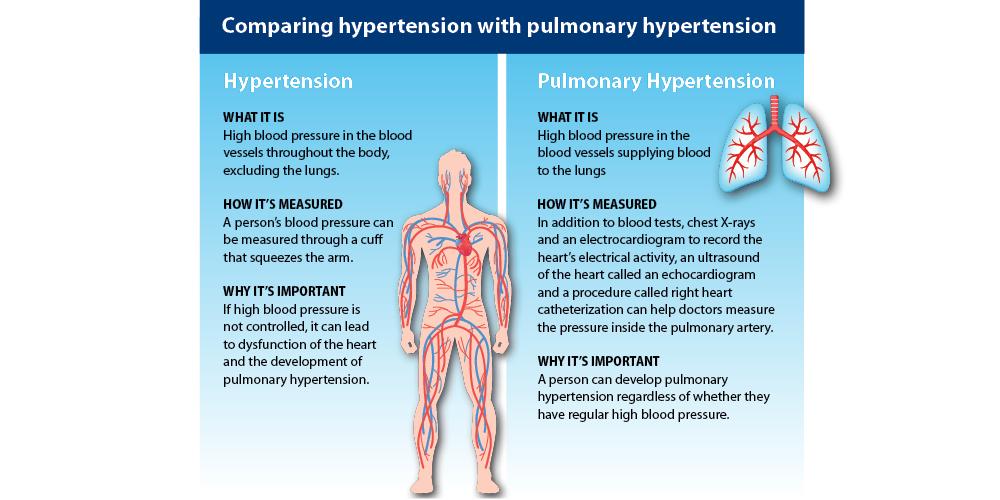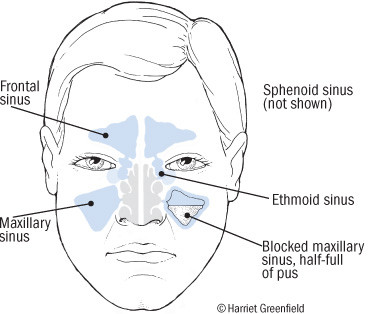Scoliosis is a condition where a person’s spine curves abnormally, typically in an S- or C-shape. This curvature can be stable or may worsen over time. While mild scoliosis often causes no significant issues, severe forms can lead to problems with movement and even breathing.

A healthy spine, when viewed from the side, shows a certain degree of curvature, which is not the same as scoliosis. Symptoms of scoliosis can vary, with pain being a common issue in more severe cases. This pain may stem from arthritis, intervertebral disc degeneration, or other factors.
In adults, degenerative scoliosis is a common form, which can lead to sideways spinal curvature. Treatment for scoliosis pain can include nonsteroidal anti-inflammatory drugs (NSAIDs) like ibuprofen or naproxen, or COX-2 inhibitors such as celecoxib. For radicular symptoms, medications that reduce nerve irritation may be prescribed.
Scoliosis can also cause spinal stenosis, a condition where the spinal canal narrows, putting pressure on the nerves. This can result in pain, numbness, or weakness in the extremities. Cervical stenosis affects the arms and legs, and sometimes balance, while lumbar stenosis typically impacts the buttocks and legs.
Most scoliosis cases, however, do not cause pain. In severe cases, though, complications like arthritis and disc degeneration can occur, leading to discomfort. An adequate evaluation of scoliosis usually requires long, full-body X-rays from the base of the neck to the pelvis.
Scoliosis is essentially a spinal deformity causing lateral curvature of the spine, making it appear as if the person is leaning to one side. This curvature typically forms an “S” or “C” shape.
There are various causes of scoliosis pain, and treatment is typically reserved for patients experiencing pain regardless of the curvature’s size. Surgery is considered a last resort. Other sources of back pain, such as infection, fractures, vitamin D deficiency, arthritis, sprains, and strains, must also be considered.
For more detailed information on scoliosis and its treatment, visit the following links: Wikipedia, HSS, Degenerative Scoliosis, Harvard Health, Spinal Stenosis, UW Orthopaedics and Sports Medicine, Northwell Health Orthopaedic Institute, and Treatment Options for Scoliosis Pain.


